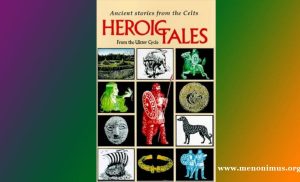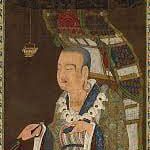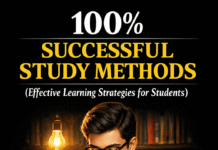Ulster Cycle-A Review
Ulster Cycle-A Review
Ulster Cycle-A Review
The Ulster Cycle, a collection of medieval Irish legends and stories, stands as a cornerstone of Celtic mythology and folklore. Comprising a vast array of tales set in ancient Ireland, the Ulster Cycle showcases the heroic deeds, conflicts, and cultural intricacies of the legendary warriors of the province of Ulster. These narratives, often characterized by themes of heroism, honor, loyalty, and destiny, provide valuable insights into the medieval Irish worldview and offer a captivating blend of history and mythology.
Historical and Cultural Significance:
The Ulster Cycle holds immense historical and cultural significance as it offers a glimpse into the societal structures, values, and beliefs of early medieval Ireland. These tales, transmitted orally before being recorded in written form, capture the essence of a society deeply rooted in warrior culture, kinship, and the complexities of honor. The stories reflect the power dynamics, roles of women, religious practices, and intricate alliances that shaped the lives of the people of that era.
Characters and Heroism:
Central to the Ulster Cycle are its larger-than-life characters, each possessing distinctive traits and often grappling with moral dilemmas. Cú Chulainn, the most prominent hero, exemplifies the concept of “heroic ethos” through his exceptional strength, martial prowess, and unwavering commitment to his people. His internal conflicts, such as his “ríastrad” (warp spasm) and the tragic fate that befalls him, add depth to his character.
Themes and Motifs:
The Ulster Cycle explores several recurring themes and motifs that resonate with human experiences across cultures and time periods. The Táin Bó Cúailnge (Cattle Raid of Cooley), the central epic of the cycle, revolves around the concept of honor and the lengths people are willing to go to preserve it. Other themes include fate and destiny, loyalty, the rivalry between Ulster and Connacht, and the complex relationship between humans and the supernatural.
Role of Women:
The cycle also presents a nuanced portrayal of women in a predominantly male-dominated society. Queen Medb of Connacht, for instance, is a powerful and multifaceted character who challenges traditional gender roles and expectations. Additionally, characters like Macha, Deirdre, and Emer demonstrate the agency and influence that women could exert within the narrative.
Impact on Literature and Culture:
The influence of the Ulster Cycle extends far beyond its historical context. Its themes, characters, and storytelling techniques have inspired generations of writers, both in Ireland and beyond. Many contemporary works of literature, including fantasy novels, draw inspiration from these ancient tales, showcasing the enduring relevance of the cycle’s themes and narratives.
Narrative Complexity and Structure:
The Ulster Cycle’s narratives are often complex, featuring intricate plots and subplots. The episodic nature of the cycle can be both captivating and challenging, requiring readers to navigate multiple characters, storylines, and cultural references. This complexity, however, contributes to the richness of the cycle, allowing for various interpretations and analyses.
Accessibility and Interpretation:
While the Ulster Cycle’s stories are undeniably captivating, the language and cultural context of the original texts might pose barriers to modern readers. Translations and annotated editions have made these stories more accessible, but nuances and cultural subtleties can sometimes be lost in translation. Engaging with academic commentaries and resources can enhance the understanding of the cycle’s deeper layers.
In conclusion, the Ulster Cycle Stories stands as a treasure trove of ancient Irish mythology and a window into the ethos of a bygone era. Its characters, themes, and narratives continue to captivate and inspire audiences, reflecting the timeless nature of human experiences. This cycle not only preserves the cultural heritage of Ireland but also offers a valuable lens through which to explore universal concepts of heroism, morality, and the intricate tapestry of human relationships. 0 0 0.
Ulster Cycle-A Review
You May Like: Beowulf-A Review
N.B. The article originally belongs to the book entitled ‘The Reviews of Epic Literature Around the World Vol-II‘ by Menonim Menonimus.








